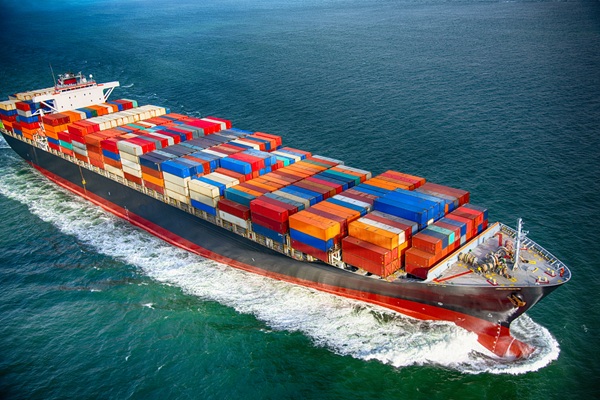.png)
June 16, 2025 at 10:15 AM IST
India’s limited trade exposure to both Israel and Iran keeps the direct impact of their ongoing conflict minimal, according to QuantEco Research. In 2024-25, Iran and Israel collectively accounted for less than 0.5% of India’s total merchandise trade. With India running modest trade surpluses of $0.8 billion with Iran and $0.5 billion with Israel, the immediate disruption risk from bilateral trade ties remains contained, it said.
Israel and Iran have been carrying out military strikes against each other for the past few days. It started with Israel targeting nuclear sites and some key officials of Iran, which retaliated with missile strikes of its own.
India has so far remained bipartisan to the strikes.
In its report, QuantEco Research said that on the indirect front, as long as Brent crude stays under $ 80 per barrel on an average basis in 2025-26, compared to $79 per barrel in 2024-25, India is unlikely to face any serious macro-financial fallout. However, policymakers will remain alert to second-order risks emerging from global commodity markets and financial volatility.
Iran accounted for 0.1% of India’s imports and 0.3% of exports in 2025-26, while Israel represented 0.2% of imports and 0.5% of exports. Key Indian commodities that could face short-term disruptions due to the regional unrest include cereals, edible fruits and nuts, gems and jewellery, and ceramic products. However, the quantum of these flows remains relatively small in India’s overall trade basket, and thus poses no significant macroeconomic threat.
The broader concern, however, lies in the indirect consequences of the conflict—particularly via energy prices and global risk sentiment. Iran holds strategic control over the Strait of Hormuz, through which around 27% of the world’s maritime oil trade passed in 2023. Any escalation of the conflict that threatens the flow of oil through this chokepoint could lead to sharp volatility in crude prices, it said.
The Brent crude benchmark has already risen over 15% in June 2025, touching $ 75 per barrel—its highest surge since the onset of the Russia-Ukraine war in 2022. Gold prices too have spiked by around 5% to $3,450 per ounce during the same period, reflecting broader investor risk aversion.
Despite this, the average Brent price in 2025-26 so far stands at a relatively comfortable $67 per barrel, lower than 2024-25’s $79 per barrel average, QuantEco Research said. If Brent remains below $80 per barrel on an annual average basis, the Reserve Bank of India estimates indicate India can avoid any significant macro-financial stress. However, should the conflict escalate and push oil towards $100 per barrel, India could see inflation pressures build up, along with risks to GDP growth and its fiscal and current account balances.
Historically, RBI estimates suggest every 10% rise in crude oil prices, if fully passed through, can increase consumer price inflation by 30 basis points and shave off 15 basis points from GDP growth. Furthermore, petroleum products and gems and jewellery—two key import categories potentially affected—together make up nearly 38% of India’s import bill. These also carry combined weights of 5.4% in the CPI basket, amplifying the inflationary risk from prolonged price shocks.
Financial markets could also see volatility rise, especially if oil price movements coincide with capital outflows or rising risk aversion globally. The Indian rupee and bond yields tend to respond sharply to global oil dynamics due to India’s energy import dependency.




